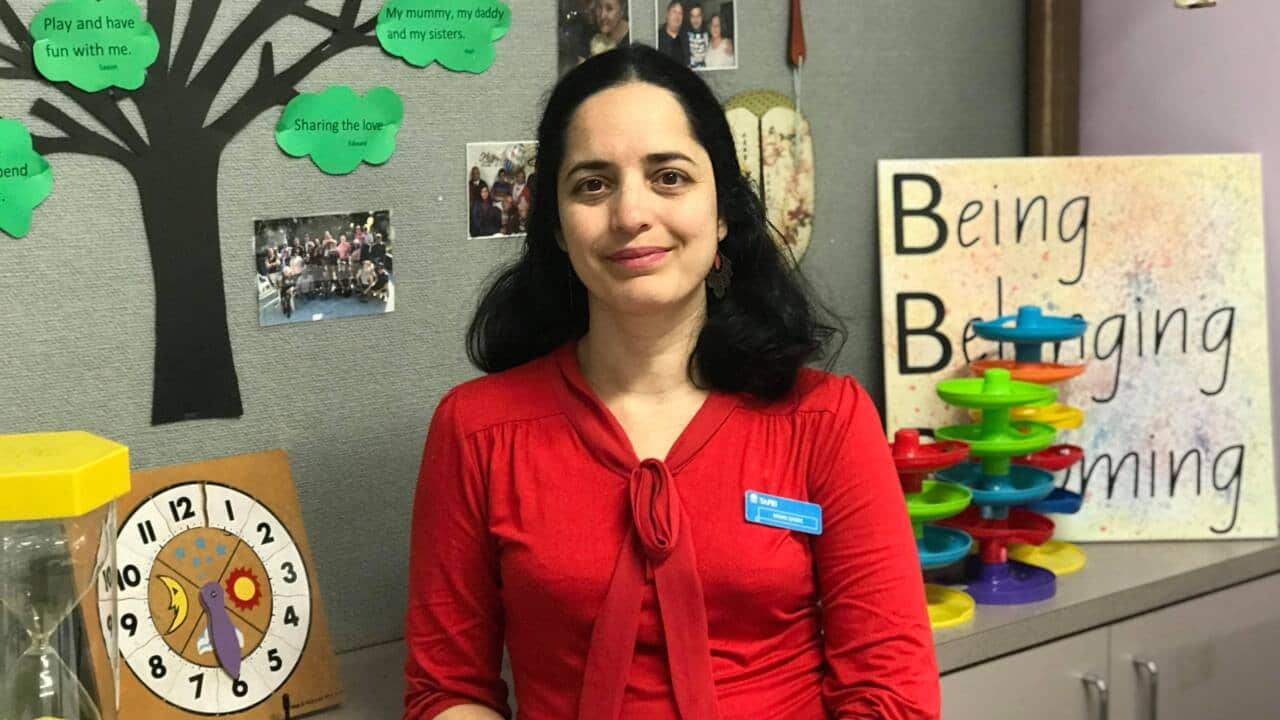On Wednesday we commemorate the death of Alan Kurdi, a young boy who lost his life trying to cross the Mediterranean into Greece in 2015.
Alan Kurdi’s death is a tragic reminder of the price countless children pay to seek safety in Europe.
Since then, as far as we know, around 700 children have drowned in the Mediterranean – but this is likely to be a severe underestimation. Only last month, five children lost their lives off the Libyan coast, along with 40 adults, in what the UN called the largest registered shipwreck in the area this year.
It is hard to imagine the hell these children go through - getting on a boat, expectant and terrified. Many have never seen the sea before as they try to escape the ruthless violence and conflict that has plagued Libya for so many years.
It is hard to imagine the hell these children go through - getting on a boat, expectant and terrified. Many have never seen the sea before.
Which thoughts were they holding on to as they got on that boat? Maybe they wanted to become a famous football player or a princess. Or maybe they just wanted to find a way to live in peace and make ends meet.
Every child trying to reach Europe has a story, and more often than not it is one of brutal violence and abuse, of searching for safety and a better life. Many of them come from Syria, where half of the country’s eight million children have known only war, or Afghanistan, where children comprise 31 per cent of total casualties. We should never forget the stories behind the numbers, but a Save the Children report looking at how the situation has changed for refugee and migrant children over the past five years paints a dire picture.
We should never forget the stories behind the numbers, but a Save the Children report looking at how the situation has changed for refugee and migrant children over the past five years paints a dire picture.

Alan Kurdi's body lies on the Bodrum coastline on 2 September 2015. Source: Getty
Some 210,000 unaccompanied children sought asylum in Europe over the past five years, the report released on Wednesday found. Most come from Afghanistan, Syria and Eritrea and end up staying in Germany, Greece, Italy and Sweden.
But many children never make it to Europe. One key consequence of the EU deals with Turkey and Libya is that children remain out of sight, stranded in countries such as Libya, Bosnia and Herzegovina, and Turkey.
If they finally make it to Europe, they often have to endure the horror on the Greek islands, where on average 10,000 children were stuck on any given day in the past year. Ten thousand children - the majority younger than 12. That means 10,000 children missing out on their favourite meals, a quality education, their dreams.
Fear and insecurity have become a constant in these children’s lives, even if they reach the ‘safe harbour’ called Europe.
Compared to five years ago, fewer children actually get refugee status. Many countries introduced new restrictions, making it harder for children to access asylum or renew their permits. They get a temporary or tolerated status, which continues to kindle their nightmares and traumas with the fear of being deported.
More children end up in detention, either in police stations in Greece, arrival centres in Spain or before being removed from Norway or Sweden.
If they want to be reunited with their families they have to jump through countless hoops, face impossible deadlines and get their family to risk their lives filing paperwork in war-torn countries. This can take years, driving children to despair. With a New Migration and Asylum Pact in the pipeline, the EU should draw lessons from the past.
With a New Migration and Asylum Pact in the pipeline, the EU should draw lessons from the past.

Thousands of people gather in Melbourne to remember Alan Kurdi in September 2015. Source: Getty Images
When news broke in 2016 that an estimated 10,000 children had gone missing in Europe, according to the EU's police intelligence unit Europol, politicians were alarmed. But many of the measures taken since have been counterproductive; stricter rules will not stop children from entering Europe; they move underground because there is no legal way to find safety from conflicts and violence.
From experience, Save the Children knows that children go missing because they want to reunite with their family living in other European countries, without having to wait for years, their lives on hold. They disappear because they do not trust police officers at borders, who often treat them violently instead of offering protection.
Two-year-old Alan Kurdi came from Syria, a country now heading into its 10th year of conflict. His parents tried to get resettled in Canada but failed. If the EU wants its migration plans to succeed and it wants to live up to its standards, shutting down borders and keeping people out cannot be the solution.
The EU-Turkey deal has shown that detaining people with the aim to swiftly send them back does not work: only 2,000 people have been returned from Greece to Turkey in the past five years, with hundreds of thousands passing through.
The right to asylum is engrained in the Charter of Fundamental Rights of the European Union, along with the obligation to consider the best interests of the child.
The best guarantee to keep children safe is by investing in strong laws and systems that protect children, and ensuring they have access to safe and legal pathways to reach Europe, rather than driving them into the hands of smugglers.
Anita Bay Bundegaard is the director of Save the Children Europe


